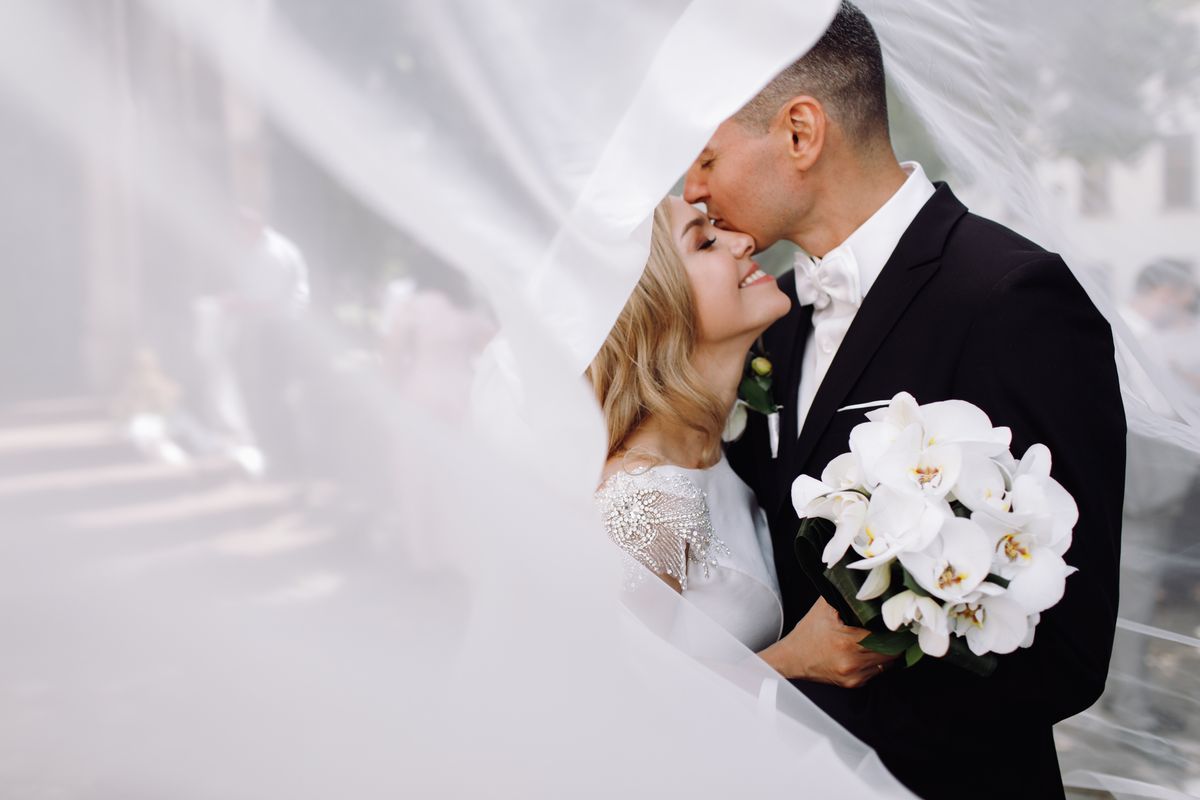Guo Zi Jian and Kong Miao
Dog Cheng Qu
About
Buried down a tree-shaded street west of the Lama Temple , Kong Miao, China's second largest Confucian temple, is on the right, and Guo Zi Jian (Directorate of Education) is on the left; both were originally built in 1306. Two stelae at the front (xia ma bei) instruct you to park your horse in six different languages. The front courtyard of the temple contains 198 stelae inscribed with the names of successful candidates in the jinshi (highest level) imperial examinations during the Yuan, Ming, and Qing dynasties. Staff admit they see few local visitors, except during the weekend before the university entrance examinations, when students and their parents descend in droves to ask for the Great Sage's assistance. The main hall, Dacheng Dian, is the focus for students, who must throw their incense on the shrine rather than burn it, because of fire regulations. Ancient musical instruments, which Confucius saw as essential to self-cultivation, are the main point of interest. Behind the hall and to the left are 189 stelae, which contain the 630,000 characters that make up the Thirteen Confucian Classics -- incredibly, copied by one man over a 12-year period. The attendant enhances the mood of antiquity by earnestly reciting old texts. Success in the imperial examination was the key to social advancement, so Guo Zi Jian wielded immense power. It was originally joined to Kong Miao by Chijing Men, to the right as you enter. They will be reunited when the Ministry of Culture (housed in Guo Zi Jian) and the Ministry of Cultural Relics (housed in Kong Miao) can sort out their differences. A striking yellow glazed-tile pailou with elaborately carved stone arches leads to Bi Yong Dadian, a square wooden hall encircled by a moat. The emperor would deliver a lecture on the classics here at the start of his reign, although the irrepressible Qianlong visited three times -- after assuming the throne, after renovations were completed to mark the 50th anniversary of his reign, and when handing the throne over to his son, the Jiaqing emperor. He even wrote poems to decorate the sandalwood screen behind the throne. Ministers and the royal family were permitted inside, while three criers (to the west, south, and east) would repeat the emperor's words to students and minor officials kneeling outside.





